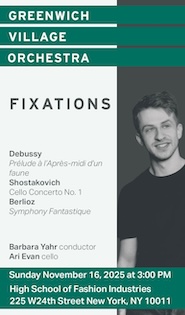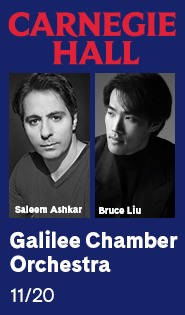Living outside the material world: ICE illuminates Thorvaldsdottir’s remarkable music

International Contemporary Ensemble (ICE) performed music of Anna Thorvaldsdottir as part of the Mostly Mozart Festival Tuesday night at the Park Avenue Armory.
What a difference a room makes.
In December 2013, Either/Or Ensemble played a program of Anna Thorvaldsdottir’s music at Miller Theatre. The concert, augmented by her recent recording Rhízoma (Innova), left a strong impression that Thorvaldsdottir has a notable compositional voice: her unique ability to manipulate her material so that the passage of time is made beautiful.
On Tuesday evening in the Park Avenue Armory’s Board of Officers Room, the International Contemporary Ensemble (ICE) played an all-Thorvaldsdottir program as part of the Mostly Mozart festival, and it was one of the most involving and affecting concerts in several years. ICE played the music with complete sympathy and mastery, but the experience would not have been the same in a different venue.
The main point of comparison was what the two concerts shared, the fanfare-ish Into-Second Self. That music opened the Miller Theatre concert but came second in Tuesday’s one hour program. ICE did not even begin playing in the Board of Officers Room, but outside in the hall, with Shades of Silence.
Shades is a pithy work for a quartet of harpsichord, violin, viola and cello, and it offers a bare glimpse of Thorvaldsdottir’s music. With the harpsichord used primarily as a percussion instrument, the strings playing long tones, stretching the intonation and altering the bowing, the piece comes off as a grab-bag of directionless effects. One of these is spectacular: rubbing a soft mallet against a low harpsichord string produced an uncanny, vocalized combination of moan and whistle.
The music develops into a simple chorale, then descends into effects again. As it did, percussionist Ross Karre began wading calmly through the crowd, playing a small brake drum. As he neared the Officers Room, the doors slid open, and inside the gathered brass and percussion of ICE started the fanfare. The audience burbled in, fumbling for seats, surrounded by the music.
Into-Second Self is a quiet fanfare, sonorous trombones and horns playing piano, percussion punctuating the music’s verses. The Officers Room is smaller than Miller but has a much finer acoustic, resonant and free of distortion. With musicians stationed in each corner, the music filled the space, seeming to meet in the middle, instead of calling across the room. Long tones from the brass folded into each other, and made the room seem enormous.
The hushed, spacious sound is vital to the music, and has a private effect even in public. ICE emphasized that by building the sequence of pieces into a ritual: at the close of Second Self, the two bass trombonists slowly walked out of the room, crossing paths with violist Kyle Armbrust, cellist Akiva Cahn-Lipman, harpist Nuiko Wadden and pianist Cory Smythe—percussionist Nathan Davis was already at his station, as were lighting designer Nicholas Houfek and sound designer Levy Lorenzo.
In the Light of the Air, a collaboration between Thorvaldsdottir and ICE was heard in its U.S. premiere. Wadden quietly exhaled into a mike, the processed sound coming out of speakers in each corner of the room, washing through the last remnants of the fanfare (Lorenzo somehow managed to eliminate any feedback). Davis played a quiet, regular pulse on the bass drum, the other instruments gradually whispered in.
A series of gestures filled the room, sonic and visual. The lights waxed and waned with swells in volume—apparently via a contact mike taped to the tamtam—shining off dangling metal ornaments that resembled giant snowflakes. The sounds, delicate and immersive, had the effect of shifting the room into a different dimension.
The music has a center around which the instruments circle, in minor mode, and there is a feeling of tonal and temporal suspension, an endless dominant chord. One waits for the tonic, holding one’s breath so as not to miss any gorgeous, delicate moment. When the tonic arrives, it barely registers: the suspension, the sensation of being held between two ticks of the clock, is the point.
The music rises and falls through four seamless sections. The notation gives the musicians plenty of interpretive freedom, and ICE rewarded this with exquisite focus and judgment, the equal of Thorvaldsdottir’s mastery of her materials. Experiencing the performance brought one to a way of being outside the modern, material world.
The experience ended with the tinny sound of a distant piano coming through the speakers. Sound and lights faded, and the darkness revealed the only flaw. The transcendent effect was dissipated by the instant applause, which was clearly sincerely felt, but allowed no time for the space or silence to resonate.



